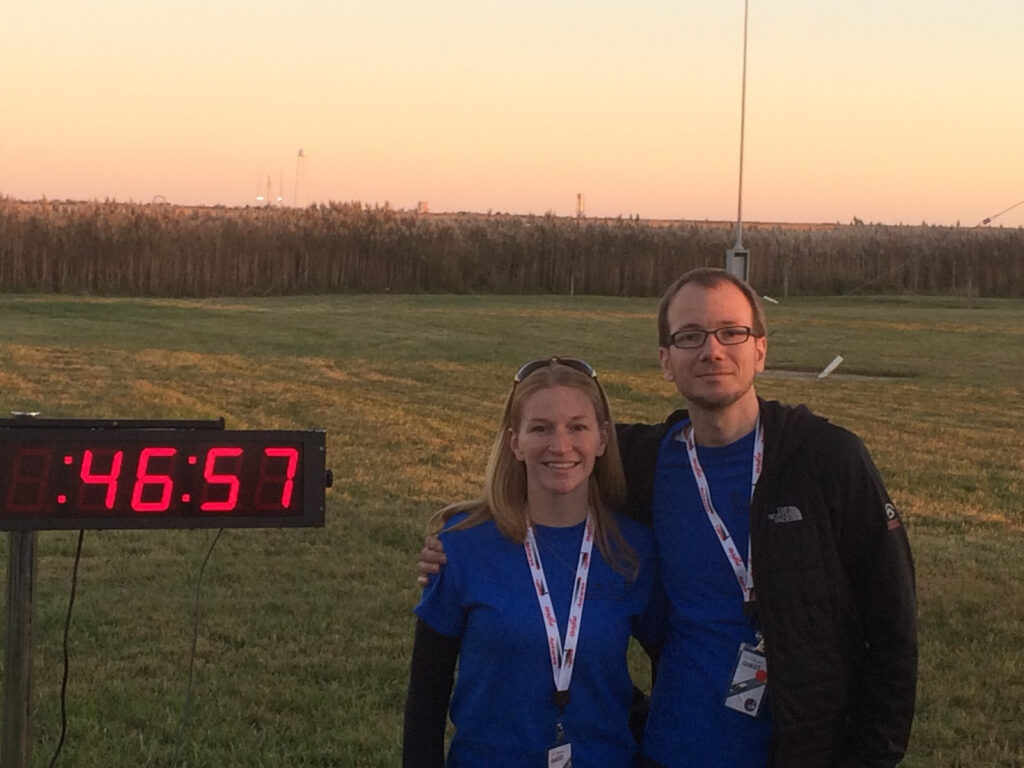
Just over 10 years ago, I was anxiously watching the rocket carrying one of my first satellites to space in a viewing area approximately two miles from the launch pad at the Wallops Flight Facility in Virginia. My teammates and I excitedly counted down to T – 0 and shouted with joy when the rocket engines began firing.
Less than twenty seconds later, it became gut-wrenchingly clear that something was wrong as the orange glow of the rocket was not moving upward in the sky. Then, a loud bang and violent explosion brought the instant realization that our hard work was literally going up in flames and our mission had come to an untimely end.
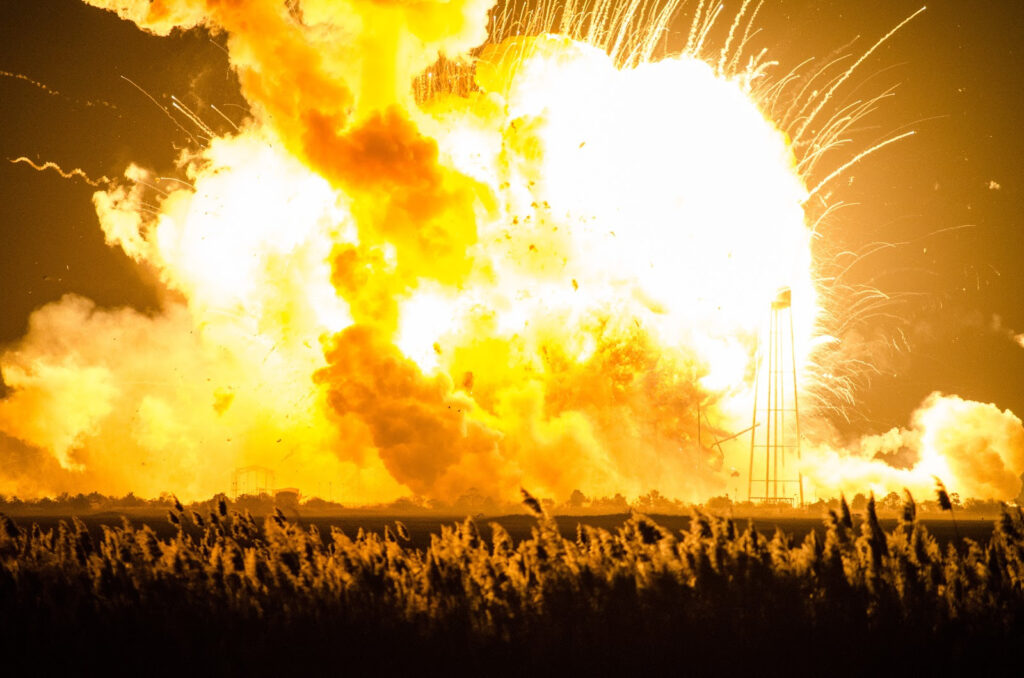
Orb-3 Launch Explosion (taken by my hubby, Sven Krasser)
In 2012, I started working on JPL’s first managed CubeSat project called RACE, Radiometer Atmospheric CubeSat Experiment. Previously, JPL had supported and delivered components to university-led CubeSat projects, but RACE was the first attempt to manage one of these fast-paced, miniature satellite missions end-to-end, which was significantly different from the large, decade-long, and high-cost missions in JPL’s recent history. In 2.5 years and with less than one percent of JPL’s annual budget, my team had delivered the RACE CubeSat for launch.
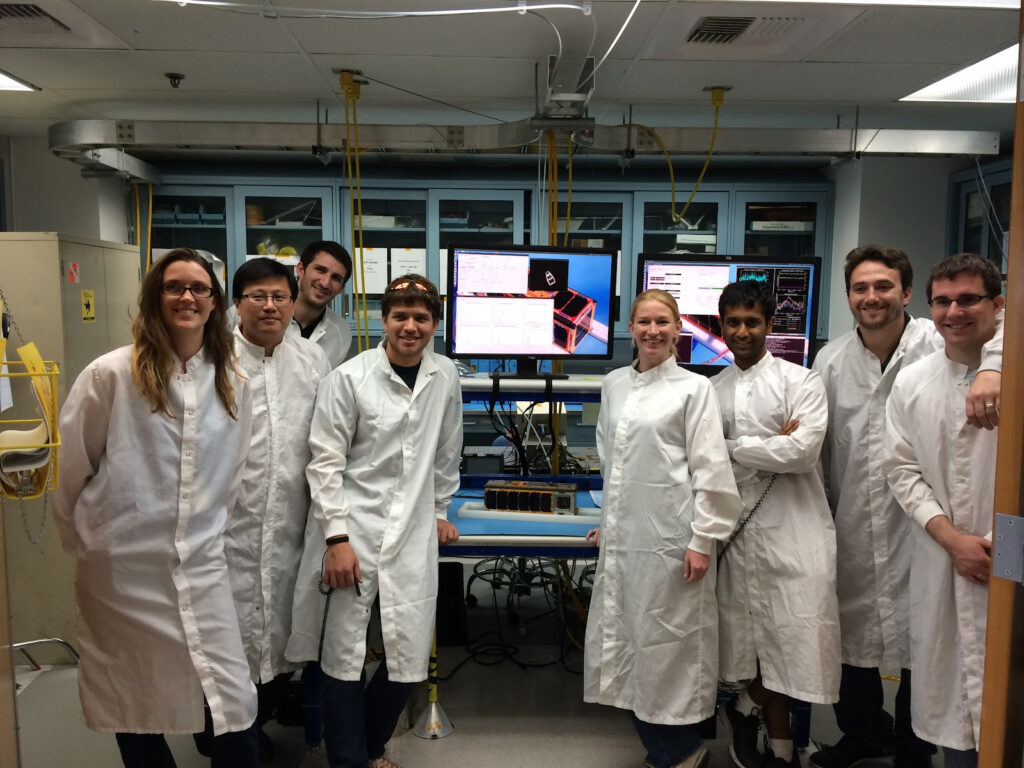
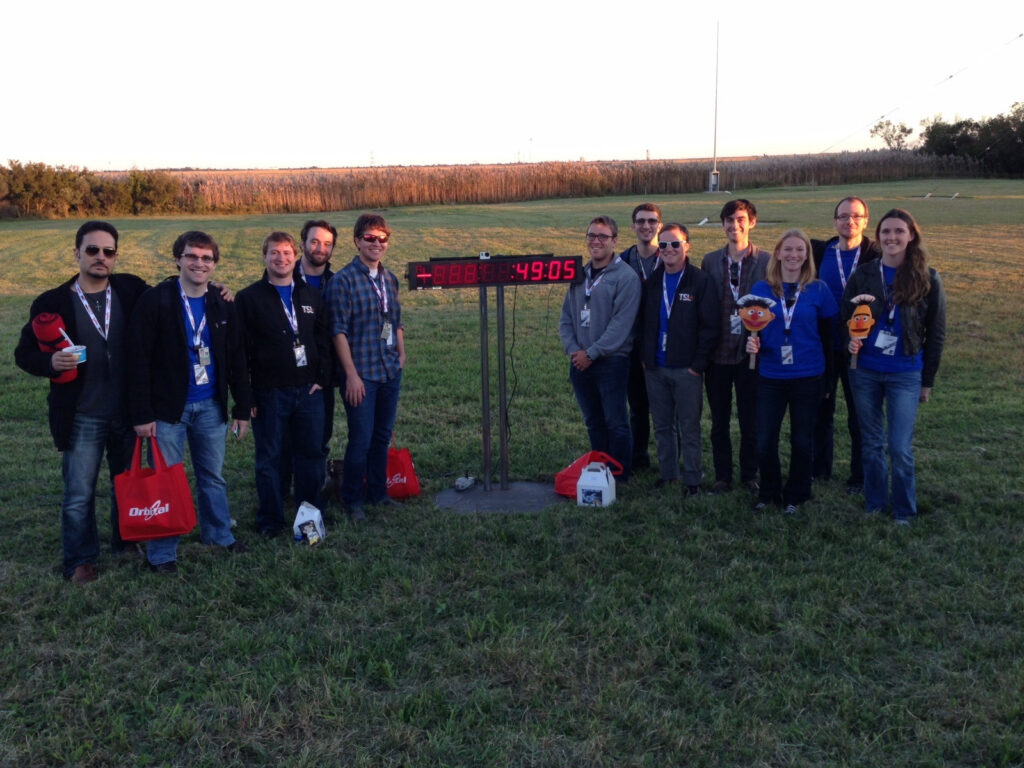
RACE Team Members with our 3U CubeSat (left) and in front of the Launch Countdown Clock (right)
I often proclaim that the difficulty of flight missions does not scale with size (i.e. smaller does not automatically mean simpler). In other words, people often underestimate the challenges of successfully completing a CubeSat mission simply given its size. Getting RACE to launch was also a literal “race against time” as CubeSats typically have to hitch a ride with another (larger) mission and are at the mercy of that mission’s launch window and schedule. In October 2014, we had successfully delivered the RACE satellite, and 12 team and family members traveled to Wallops Space Flight Center to see it off to space on the Orb-3 launch. Unfortunately, due to a first stage engine failure, the Orb-3 rocket barely lifted off the ground and was quickly terminated by Range Safety to protect people and property from the doomed launch.
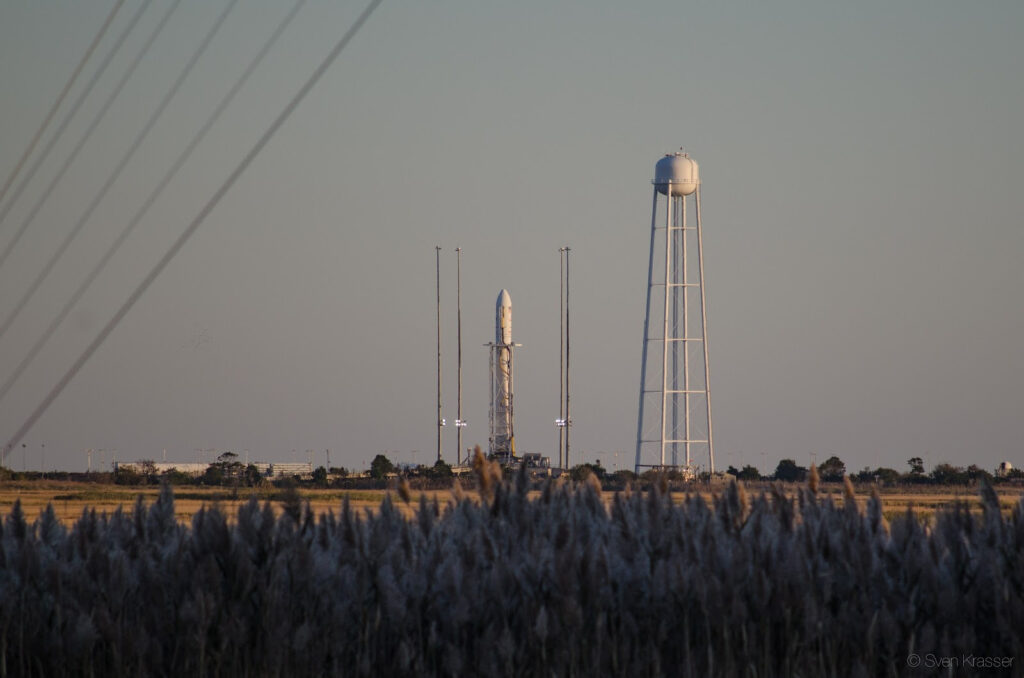
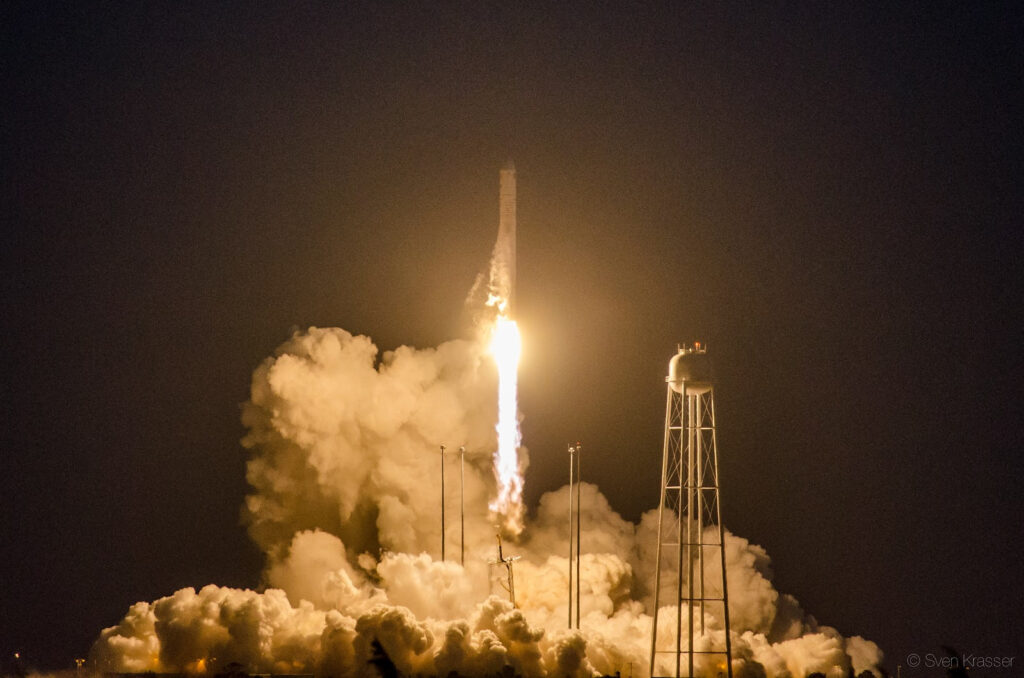
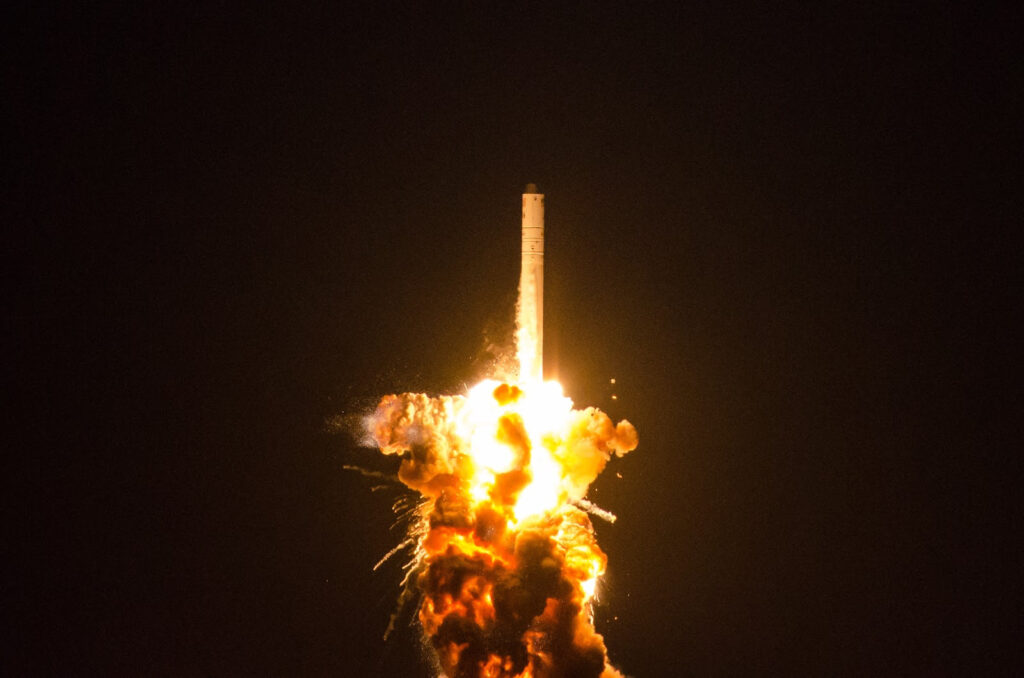

Orb-3 Launch Pictures (courtesy of Sven Krasser)
Although rocket launches are happening much more frequently these days, the failure rate is still approximately 5% (1 out of 20). As some say: “Space is hard!” Launching off of the Earth’s surface and into space remains one of the most challenging and complex human endeavours, which makes the successes that much more rewarding. Assuming I am involved in roughly 20 projects throughout my career, I’m hopeful this makes my odds for successful launches higher from here on out. ;)
This was not the ending I wanted for one of my first projects at JPL of course, but I learned and grew a lot as a professional Aerospace Engineer. My role on RACE evolved over the years – from Integration and Test Lead of the radiometer instrument (which is coincidentally a theme of my career thus far along with CubeSats), to Integration and Test Lead of the full satellite, to Project Manager. I took away many valuable lessons on leadership, taking risks, and accepting that failures are a part of life – and it’s what one does after a failure that truly defines them… JPL also partnered with the University of Texas Austin for the RACE project, and I got to visit Austin, Texas multiple times (and enjoy their amazing BBQ and live music). :)

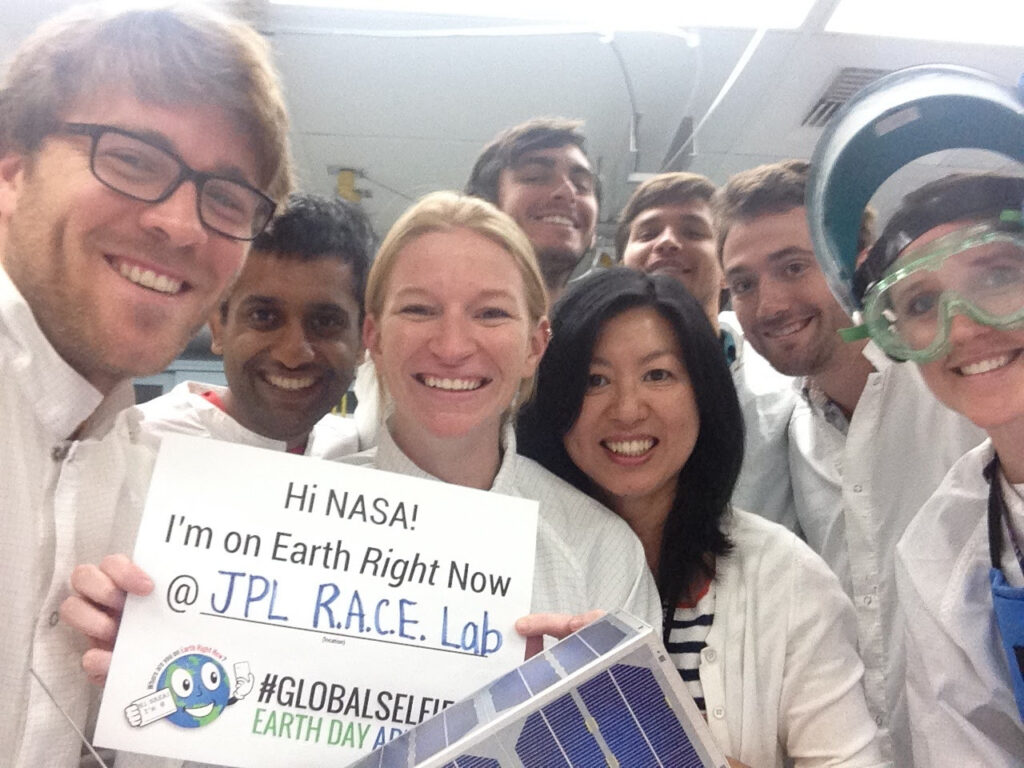

There were a number of silver linings from the failed launch as well. My team and I received a good amount of attention at work, including several meetings with the JPL Director and other upper managers. JPL published a nice article about the mission and everything we learned. I also quickly realized that you become a de facto expert when you are the first to accomplish something at your company, and my experiences on RACE provided many opportunities to work on other CubeSat missions, including MarCO, RainCube, and Lunar Flashlight. Our little satellite project and race to an ill-fated launch produced incredible experiences, friendships, and memories of a lifetime.
Fun Fact #1: After the explosion subsided and it was safe to investigate the launch pad and surrounding areas, parts of the launch vehicle and cargo were recovered on a nearby beach, including a handful of CubeSat dispensers. Unfortunately the RACE dispenser and satellite were not found, but one of the recovered CubeSats, GomX2, was returned to its owners in Singapore and discovered to still be working!
Fun Fact #2: Just shy of four years after the RACE launch explosion, I was viewing another launch at the Wallops Flight Facility – this time for my 6U CubeSat project, RainCube. With the traumatic experience from RACE, it wasn’t easy revisiting that site and feeling a complete lack of control again for the fate of my satellite. Fortunately, that launch was a complete success, and we were able to finish the RainCube mission as planned.
